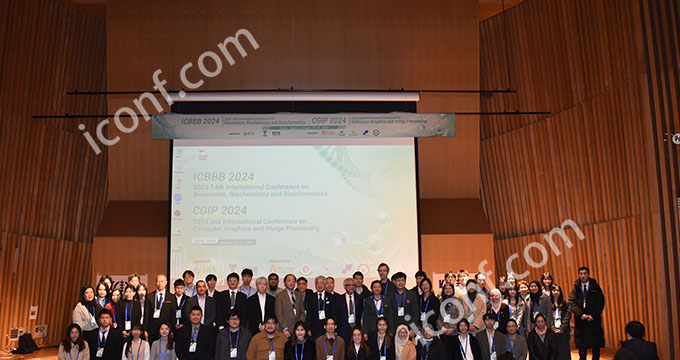

179 views||Release time: May 30, 2025
For researchers aiming to publish in high-impact venues, EI conferences are a popular choice. But many wonder: Is it difficult to get your paper accepted into an EI-indexed conference? Let’s break down the factors that affect acceptance and explore strategies to improve your chances.

EI conferences, indexed by the Engineering Index (Compendex), are academic gatherings focused on fields like engineering, computer science, materials, and related areas. These conferences publish proceedings that, when indexed by EI, provide global visibility and recognition.
Quality Standards
EI conferences typically maintain rigorous academic standards.
Papers must demonstrate novelty, technical soundness, and clear contributions.
Review Process
Submissions are reviewed by academic committees or experts.
Peer-review ensures only well-structured, innovative papers are accepted.
Field-Specific Competition
Popular topics like artificial intelligence or big data often have higher submission rates.
Conferences in cutting-edge fields may have lower acceptance rates.
Paper Presentation
Clear writing, logical structure, and robust experimental results are critical.
Poor formatting or weak arguments can lead to rejection.
Conference Tier
Some EI conferences are more selective than others.
Top-tier events may have acceptance rates below 30%, while others may accept up to 70%.
Choose a relevant conference for your research.
Follow the conference’s template and guidelines strictly.
Highlight the novelty and practical relevance of your work.
Seek feedback from colleagues before submission.
Consider using platforms like iconf.com to find suitable EI conferences.
While getting accepted into an EI conference can be competitive, careful preparation, strong research, and strategic selection can significantly boost your chances. By understanding the review process and maintaining high-quality standards, you’ll be better positioned for success in the global academic community.